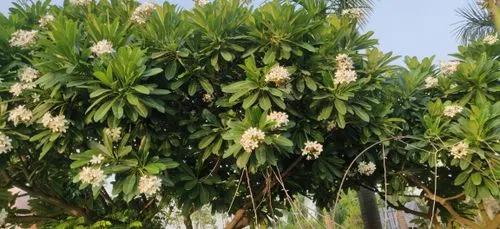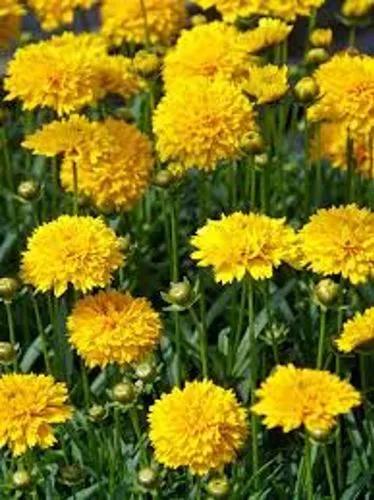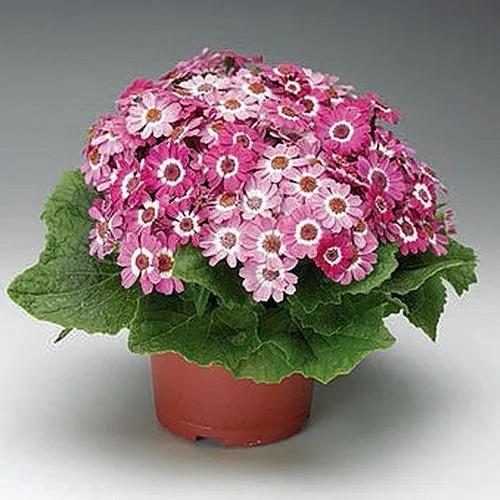Trollius europaeus, the globeflower, is a perennial flowering plant of the family Ranunculaceae. The plant is native to Europe and Western Asia and is a protected species in Bulgaria.
Globeflower Care
Trollius europaeus



Trollius europaeus, commonly known as common globeflower or European globeflower, is a clump-forming perennial of the buttercup family that features a late spring to early summer bloom of globular lemon-yellow flowers (to 2” across) atop sparsely-leaved stems rising to 18-24” tall. Long stalked palmate basal leaves (to 4-6” long) are deeply divided into 3-5 ovate toothed lobes. Smaller sessile stem leaves have 3 ovate lobes. Branched to branchless stems rise from the base of the basal foliage clump in late spring bearing globular flowers (1-2” diameter) each of which contains a ring of 10-15 showy, bright yellow, inward curving, petaloid sepals surrounding five petals. Flowers appear usually singly but sometimes in pairs. Genus name comes from the German word troll meaning round in reference to flower shape. Specific epithet is in reference to the European native territory of this plant.
How to Care for the Plant

Water

Globeflowers perform well as long as they aren’t allowed to dry out and are not subjected to extreme heat from scorching summer temperatures.

Fertilizer

Cut back after flowering and apply a balanced liquid fertilizer to promote more blooms.

Sunlight

Globeflowers in the garden need a full shade to part shade location. Leaves may bleach out in full sun.

Soil

These flowers require very moist or boggy soil that is humus-rich. It should be acidic to neutral with pH from 5 to 7.

Temperature

The plant is hardy and can be grown in the areas with the lowest winter temperatures of −40°C (−40°F). However, it doesn`t like the hot weather in summer either.

Popularity

224 people already have this plant 54 people have added this plant to their wishlists
Discover more plants with the list below
Popular articles






